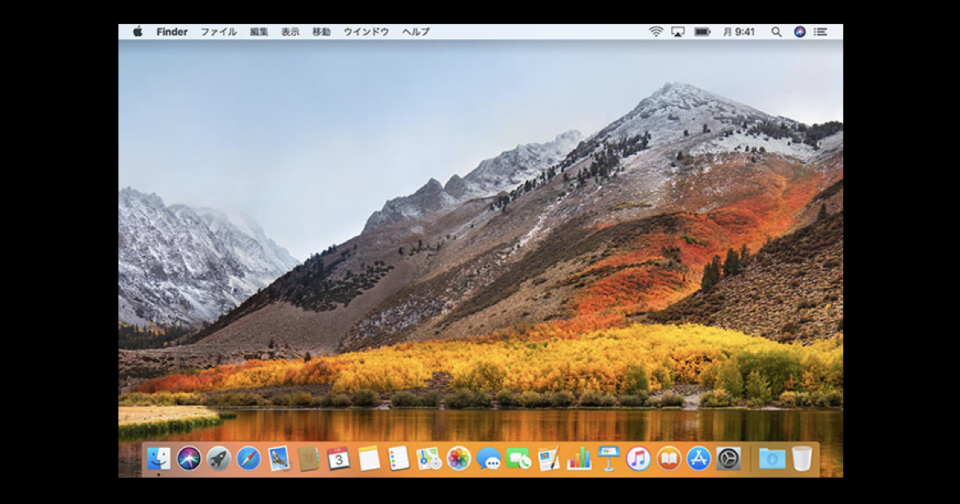

An internal drive should be the very first or second drive in the list (see image below). Making a typo could result in lost data and time.ĥ) In Terminal type the following command, then press the Return key:Ħ) A long list of disks will appear we need to find our target disk from this list. When using terminal it is important to type all commands exactly as they appear in this guide. For drives that cannot be disconnected, please make sure you have current backups of those drives. Note: We strongly recommend that you disconnect any externally mounted drives at this point, to prevent accidentally destroying the data on those drives. Please read the notes below before proceeding: B) If the SSD is not showing up Terminal sould be used to format the drive, which is outlined in the remaining steps.Ĥ) Quit Disk Utility, then from the menu bar open the Utilities menu and select Terminal.Once the format is complete the SSD is ready for the OS to be installed. You can then name the drive and chose the desired format (APFS is the best choice) and partition scheme (GUID is the best choice). A) If the SSD does show up you may want to select the drive and click on the Erase tab.This should allow the SSD to show up in the left column, if it does not show up quit Disk Utility and reopen it. It may take up to 10-15 minutes to complete the boot sequence, depending on internet speed.Ģ) Once at the macOS Utilities menu, select Disk Utility.ģ) In the menu bar at the top of the screen click on the View menu and select Show All Devices. If the computer is not connected to the internet via an ethernet connection it will prompt for a wifi network to be chosen. If the original drive was not upgraded to High Sierra, that should be done first so the internet recovery feature on the computer is updated to High Sierra.Īgain, these instructions are intended for new internal SSDs only, with computers that have already had their original drive upgraded to macOS 10.13 High Sierra.ġ) After the new SSD has been installed into the computer, boot to internet recovery by pressing Command-Option-R until a globe is seen.

Although Disk Utility should always be tried first, a Mac’s Terminal can be used to format the drive in these cases. Recently, some OWC customers have reported experiencing a situation where their new SSD will not show up in Disk Utility in High Sierra.


 0 kommentar(er)
0 kommentar(er)
